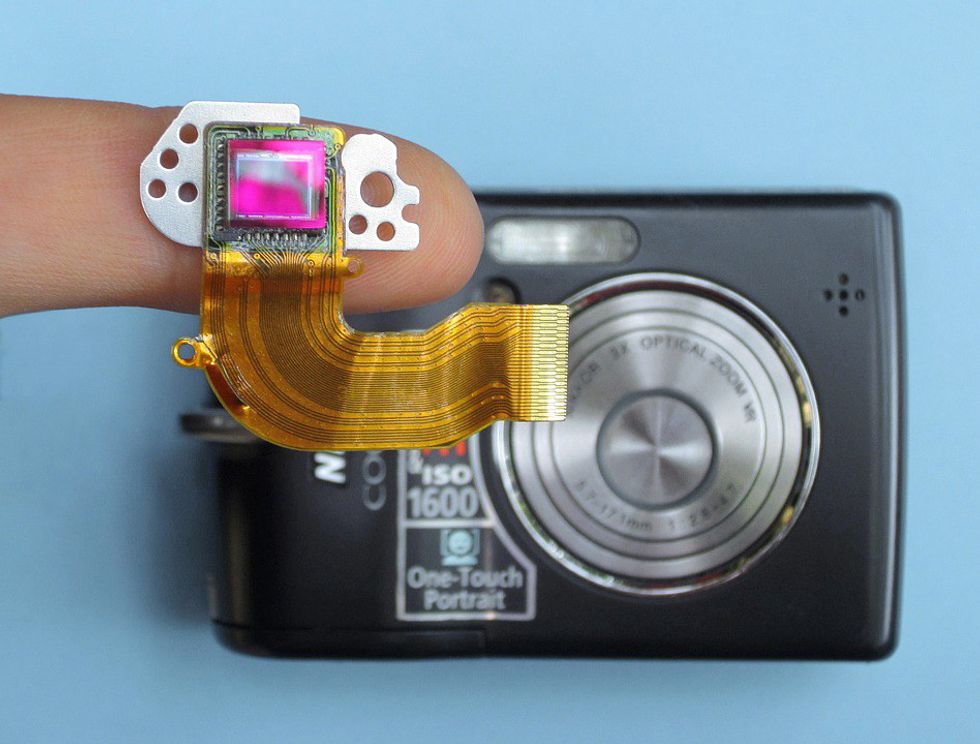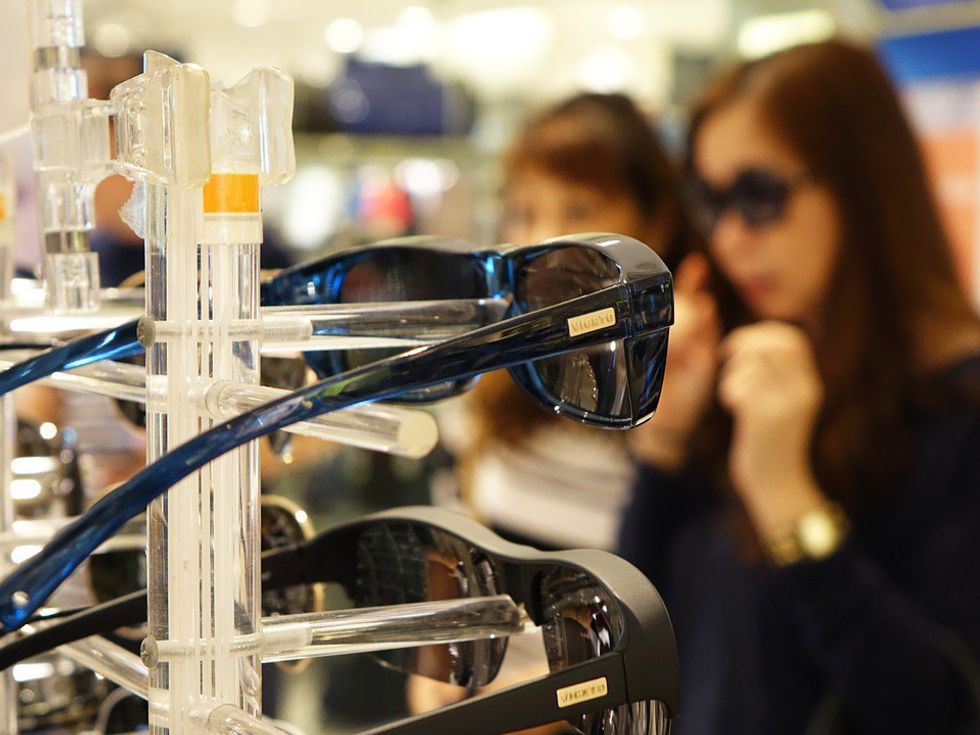Even if it isn’t branded with the logo, NASA technology is everywhere. Our lives would be drastically different – and probably shorter – without developments made from NASA technologies. Because NASA is constantly pursuing new technology to advance human and robotic space exploration, they frequently create new technologies that can be licensed by commercial companies to improve our lives on Earth. These have led to some of the most crucial, vital, and sometimes, life-saving, equipment that we use today. Below are just 10 of the thousands of NASA Spinoffs that have drastically changed our healthcare and made our lives easier, better, and longer.
Cochlear implants:
Not so long ago, hearing aids merely took the sounds from the user’s environment and increased the volume directly into the ear. In the 1970s, an electronics instrumentation engineer from NASA developed what we now call the cochlear implant, a device that can help people with profound hearing loss experience sound. Unlike the original hearing aid, the cochlear implant detects sound, transits them through a speech processor, then produces electrical pulses in the user’s ear that our brains can understand.
To learn more about the history of NASA & cochlear implants, Visit this site.
Insulin pumps:
A technology that originally allowed for the flow of fuel into a Saturn V rocket’s engines was developed by a NASA contractor during the Apollo era. When this technology remained useful through the Shuttle era, NASA asked the corporation to assist in the development of an “implantable artificial sphincter.” Originally intended to control urine flow, this proved to be a prime base for the Programmable Implantable Medication System, or PIMS, allowing a small computer to determine and deliver “precisely metered medication,” like insulin. This turned into the development of MicroMed, the first of the external, programmable insulin pumps we recognize today.
To learn more about insulin pumps, click here.
CCDs – charge-coupled devices (mammograms):
When the Hubble Space Telescope was being designed, scientists noticed that the existing charge-coupled device technology – a chip that transforms light into imagery – wasn’t meeting requirements. NASA paired with a contractor to develop better CCDs, who then began to apply the “NASA-driven enhancements” to digital mammography, allowing for clearer and more efficient imagery in breast exams.
To learn more about CCDs, visit this page.
Heart pump for patients needing transplants:
In 2002, NASA and MicroMed developed a heart pump for patients in need of transplants. The pump is one-tenth of the size of its competitors, and at 8 hours of battery life, allows patients to continue enjoying most of their normal routine. The pump keeps blood flowing continuously throughout the body, taking strain off the heart until a donation becomes available, and, in some cases, has cancelled the need for a transplant.
To learn more, read this page.
CT / MRI Scans:
NASA’s Jet Propulsion laboratory can be credited with developing the digital image processing used today within MRIs and CT Scans. Originally needed for enhancing photos of the moon, the technology has also made its way into hospitals.
To learn more about this and other medical technologies, check this out.
Pacemakers:
With the first unit originating from NASA in the 1970s, the cardiac pacemaker is another invention that can be attributed to space technologies. Since its initial development, NASA has continued to contribute to the improvement of the pacemaker, the device now having longer battery life from technology originally developed for use within spacecraft electrical systems.
To read more about NASA’s development of the pacemaker, take a look at this.
Chemotherapy and radiation treatment aid:
As NASA prepares for longer-duration space travel, the agency has made it a priority to focus on growing plants in microgravity. To do this, they developed a light technology initially used for experiments in the Shuttle era. This is now being harnessed and used by a NASA sponsored research center at the University of Washington to “reduce the painful side effects that often accompany chemotherapy and radiation treatment in cancer patients who have bone marrow or stem cell transplants.”
To read more about NASA and cancer treatments, take a look at this and and this.
Robotic joints:
NASA Goddard Space Flight Center initiated a NASA Equine Support Technology (NEST) program, developing a device to help horses support their weight without restricting movement, potentially “revolutionizing treatment for horses with leg injuries.” The initial technology for humans has helped people during rehabilitation of spinal cord and brain injuries.
To learn more about NEST and robotic joints, check this out.
“Cool suits:”
Hypohidrotic ectodermal dysplasia is a disease in which a person is born without sweat glands. This can hinder many people, especially children, from enjoying or simply participating in daily activities or sports because of overheating. A critical part of spacesuits is a lower layer where chilled liquid runs through tubes over the body, keeping the astronaut cool. These suits have been modified and are now available to children with the disease, greatly enhancing quality of life.
To read more about “cool suits,” visit this site.
Protection from UV rays:
Light can be dangerous whether in space or on Earth. Radiation from laser and welding work can injure employees’ eyesight just as the sun can do to astronauts’. NASA’s Jet Propulsion Laboratory (JPL) created a lens “capable of absorbing, filtering, and scattering the dangerous light while not obstructing vision.” In 2010, Eagle Eyes Optics created a line of sunglasses eliminating 100% of the harmful wavelengths emitted by the sun.
To learn more about UV rays and vision, go to this page.
There exist thousands of NASA Spinoffs that have enhanced our daily lives. To search the NASA Spinoff database, visit this website.




























